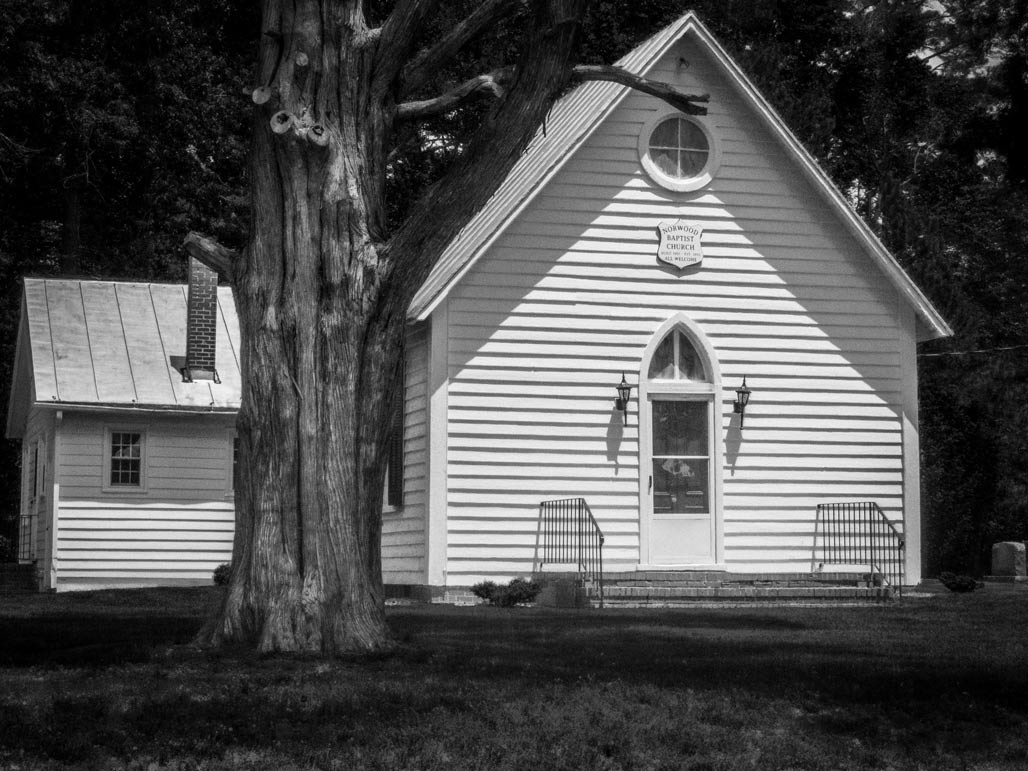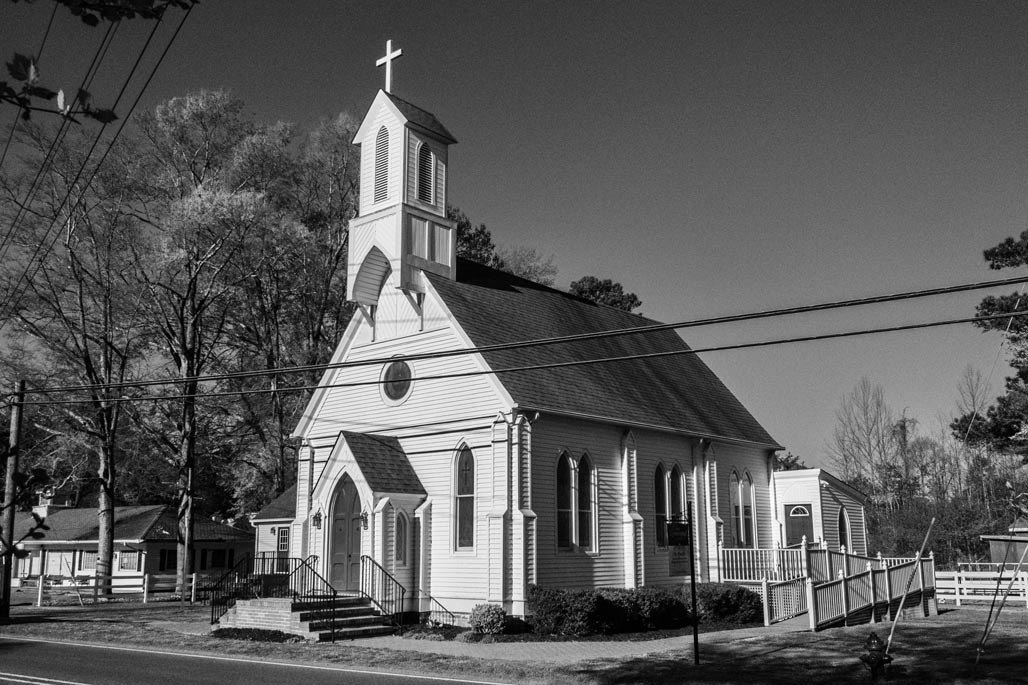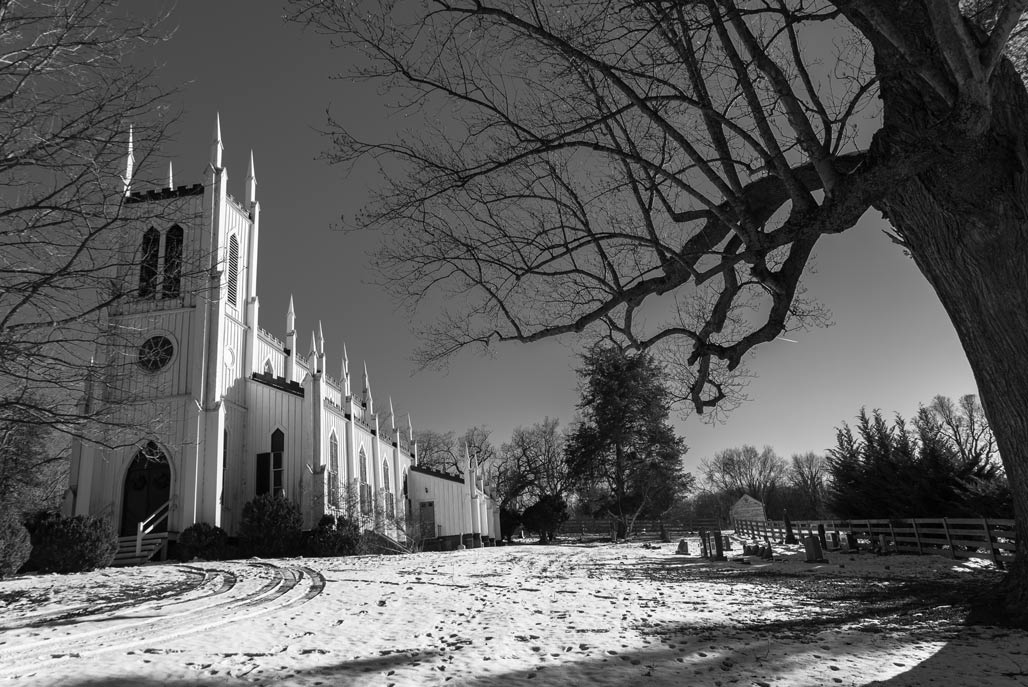
day of rest

photography from the Chesapeake Bay watershed by Bill Emory



Hartswell Baptist Church, Rev. Tammy Scott, pastor. Rt.354 Lancaster County Virginia. Established 1869




I’ve been asked why take pictures of churches. many reasons. one of them, in America we tear down most buildings once they are middle aged because? Because we build poorly, because we are short-sighted idiots… supply me more reasons! Being that the church is God’s house, we exercise care, not wishing to anger God, a higher percentage of these structures survive.

